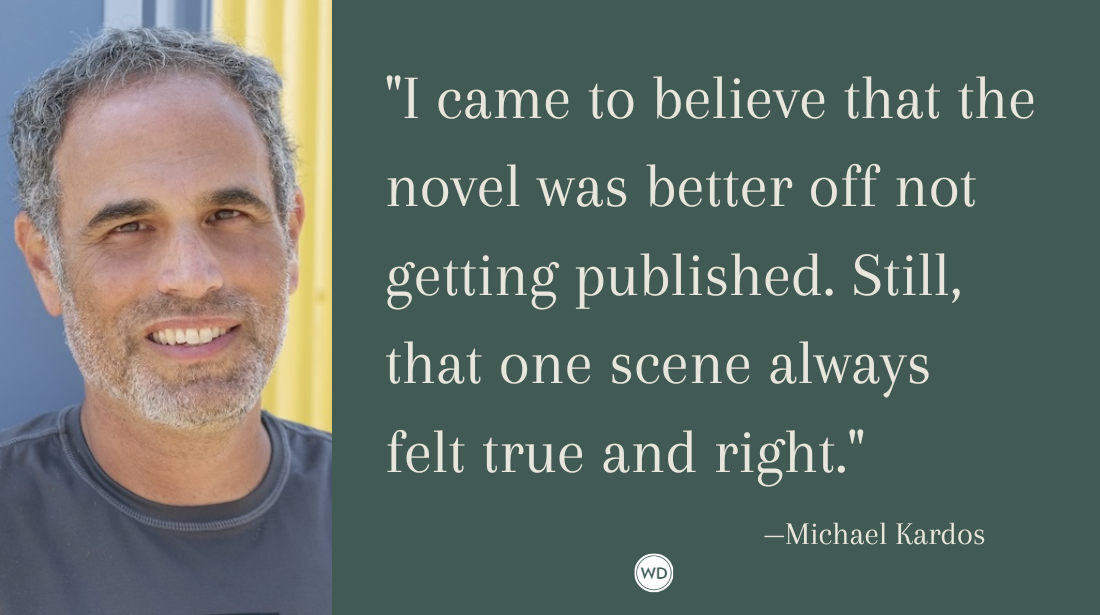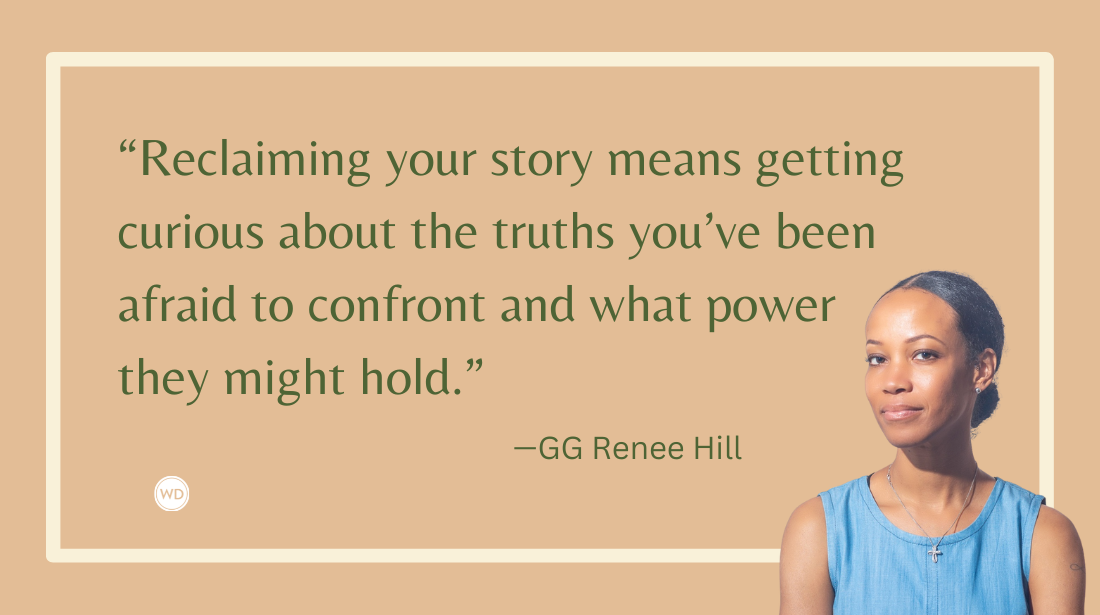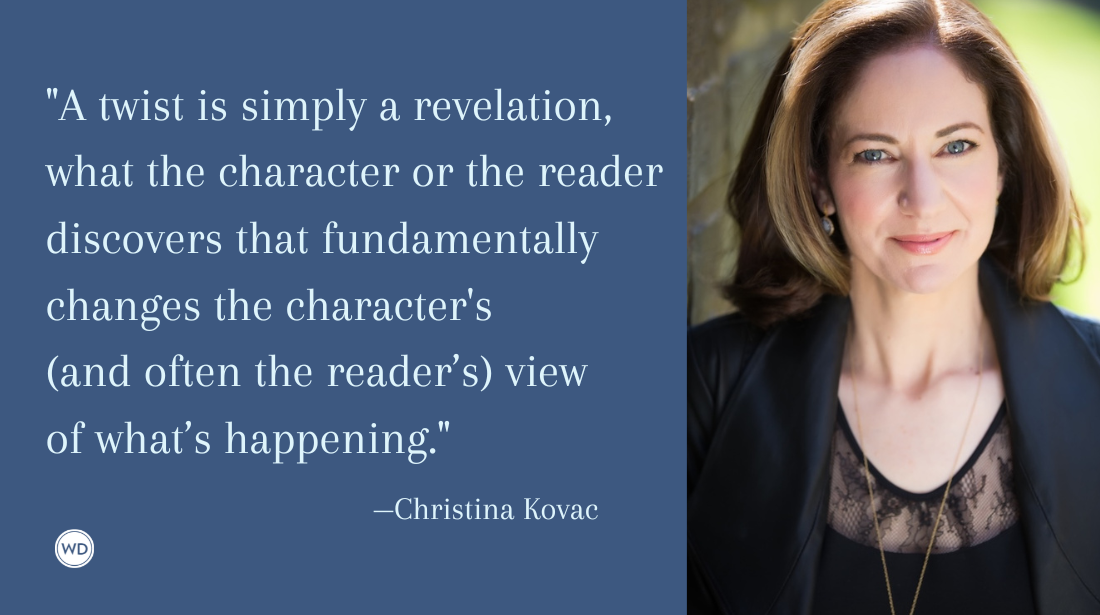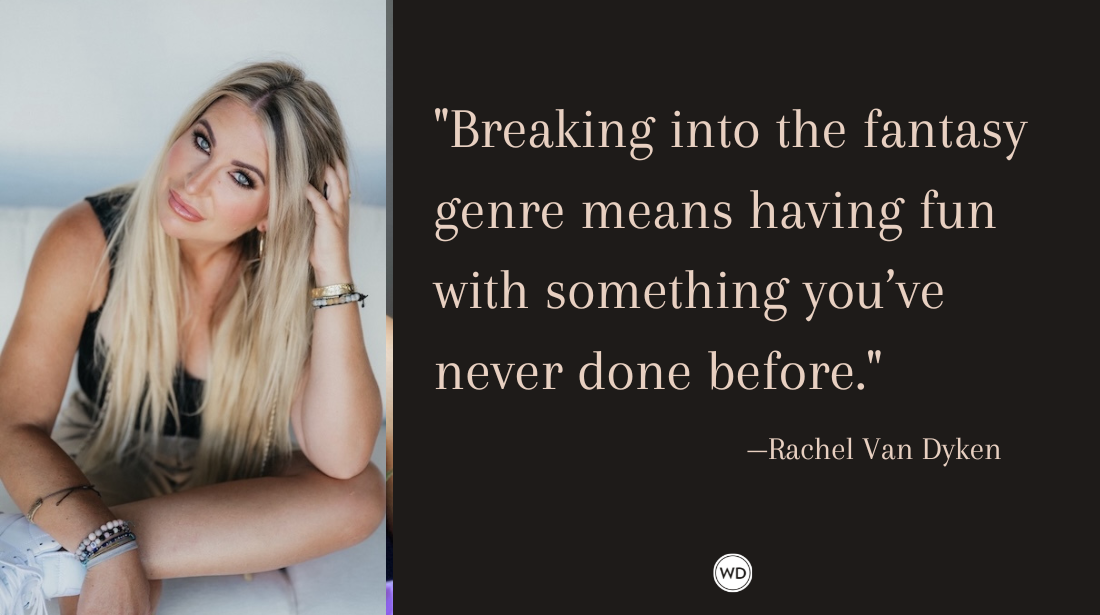What Is Pastiche in Literature, and Why Is Sherlock Holmes Perfect for It?
What has made Sherlock Holmes so adaptable and changeable throughout the character’s original inception? Author Timothy Miller explains.
Pastiche and Sherlock Holmes are words that have almost become welded together. This is no marvel, since the number of pastiches far outstrips the 56 stories in the original canon. Goodreads lists 423 books in its “best Sherlock Holmes pastiches”; it’s anybody’s guess how many didn’t make that arbitrary cut. MX Publishing floods the zone with nothing but Holmes novels, graphic novels, and stories. Holmes has been depicted on screen 254 times, making him second only to Dracula on that list. Hamlet is third. The Universal Sherlock Holmes lists over 25,000 Holmes products and productions. That list is surely out of date.
The question is: What qualifies as a pastiche? And what trips the line into parody?
The SNL sketch with Jeremy Irons guessing all his birthday presents is certainly a parody, but does The Great Mouse Detective qualify as pastiche? Or The Name of the Rose? What’s a pastiche anyway?
Macaroni pie.
That’s right. Pastiche is a French word, as you may have guessed, but it’s borrowed from the Italian, which literally means macaroni pie. Here are some synonyms, which might give you a clue what we’re up against: clutter, collage, farrago, gallimaufry, litter, mishmash, omnium-gatherum, patch-work, ragbag, and stew.
In other words, it’s a complete mess, and no one knows what the hell it means.
But…what it means in dictionary-speak is a work (literary, artistic, musical, architectural) which imitates the style of a previous work. Which, if you think about it, is a flabby enough definition to justify all those ultra-ambiguous synonyms. And let in not only Sherlock Holmes stories but Mycroft Holmes novels, and Mrs. Hudson cookery books, and Enola Holmes stories, ad infinitum, as long as they’re in the style of the originals. Which is usually what Holmes fans are arguing about. When they accept or reject a new pastiche. Is it in the style? Is Mycroft fat enough? Are Baker Street Irregulars with superpowers too super? Would Holmes really have married? Had a child? Is a modern-day Holmes on the autistic spectrum or with a female Watson really in the style? Holmes fans can be very forgiving, accepting of any story which has a whiff of Sherlockian plot, or style, or characters, or very rigid, requiring all three, and probably setting as well. Does it sound like Watson? Does it need to?
But what leaves Holmes so open to pastiche? Why are there not hundreds of Auguste Dupin pastiches, or LeCoq stories, or Inspector Bucket movies? (And I’m sure you could dig up a few examples of all three, but not in anything like the commanding wealth you find in the case of Holmes.)
I’ve pondered this problem and I’m ready with my answer: fog.
IndieBound | Bookshop | Amazon
[WD uses affiliate links.]
Yes, fog. That “London particular” (which no longer exists) that shrouds every byway and mews for days on end, wrapping the city of London in mystery, making its edges disappear—for it’s in mystery that pastiche thrives. In mistaken identities, disguises, doppelgangers. It’s offstage in the wings. It’s in the edges of your vision where shadows flit, and Sherlock Holmes is almost nothing but shadow. His talk is all aphorism and explication.
What are his antecedents? His family? Watson’s family? Mrs. Hudson’s husband? What paltry clues we do get only whet our appetite more. He comes from English country squires, though his mother was almost certainly French, from a long line of artists. (We know this from one whole paragraph in the canon.) He has a brother. Then does he have other siblings? Cousins? Childhood playmates? Did he do battle with Moriarty on the see-saw? And that brother is “the most indispensable man in England.” There’s a cryptic line to chew on. Yet he only is mentioned in four stories. Does Holmes have a love interest? Only the barest hint of attraction, Irene Adler, who bested him, thus winning space in his head, if not his heart. She appears in one story. It’s enough for pastiche to promote her to wife and mother of Holmes’ brood. His great nemesis, Moriarty. Again, only one story—in which he dies.
One constant: John Watson, whose job is to point out to the reader the inscrutability of Holmes (while his own motives for unquestioning loyalty to such an insufferably smug man remain unexamined). A handful of interchangeable Scotland Yard inspectors. A dogsbody landlady. An odd assortment of stage properties: a slipper full of tobacco, a knife stuck in the mantel piece, a love-letter to Queen Victoria traced out in bullet holes. Yet we are so taken with these characters and trinkets that they appear over and over in pastiche. Why? Because the writer can mold them to suit his or her fancy. We could never achieve these gymnastics with Emma Bovary or Anna Karenina, with Leopold Bloom or Holden Caulfield. We know them inside out. They are set in stone. The less said in Doyle’s canon, the better, wider spaces for pastiche. The less detail, the less restraint.
And Doyle positively invites others to fill in the blanks with hints of other stories—The Giant Rat of Sumatra; The Politician, the Lighthouse, and the Trained Cormorant; The Repulsive Story of the Red Leech, and a score of others barely mentioned, are stories crying out to be told. How more plainly could Doyle say, ”Come play in my garden?” And this playful invitation presages (and almost certainly influenced) Borges’ postmodern exercises in mythical volumes.
Best of all—he dies once, and then comes back. Which makes it allowable for him to die a thousand deaths in pastiche, and always come back to life. (An act which James Bond imitates, and which Dr. Who has perfected. Dr. Who is the ultimate pasticheable character.)
So go ahead and fill us in by filling out the story of Sherlock Holmes’ years with the Pinkertons or with John Carter on Mars. (I’m sure the Wold Newtonians are on it.) Create a cubist Holmes, or a Bauhaus 221B. Just make sure it’s in the style of the original Conan Doyle tales. And if you’re not sure? Your readers will tell you.
Timothy Miller is a native of Louisiana and a graduate of Loyola University in New Orleans. The Strange Case of the Dutch Painter (Jan. 18, 2022; Seventh Street Books) is his second mystery that features none other than Sir Arthur Conan Doyle’s most beloved character—Sherlock Holmes. Miller has directed and designed lighting for plays in New Orleans and Chicago. The feature film of his screenplay At War with the Ants won a Silver Remi Award at Houston’s Worldfest. His screenplays have placed in several contests including five times as a semifinalist in the Academy’s prestigious Nichol Fellowship. He has taught English in Milan and has written for the Italian design magazine Glass Style.









